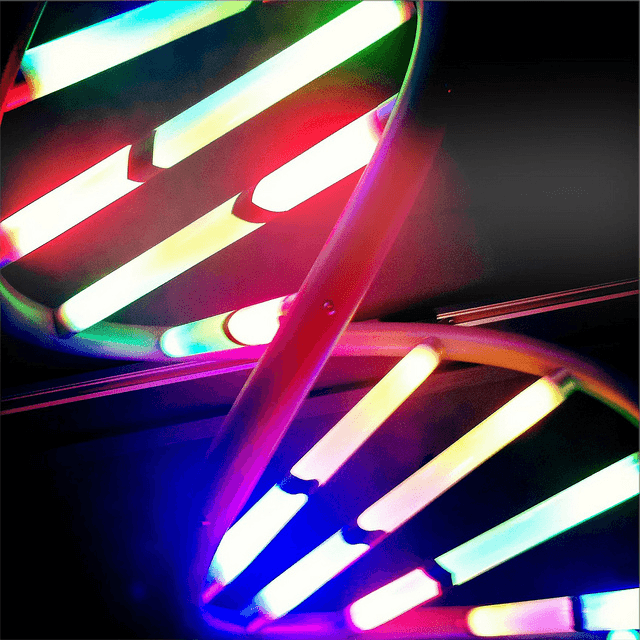My achy-breaky back and seemingly infinite fatigue often make me feel old beyond my years, but for some, this feeling is much more than a sarcastic throwaway. Progeria, also called Hutchinson-Gilford Progeria Syndrome, is a rare (one in four million) genetic condition that causes patients to age very quickly. Patients with progeria begins to present symptoms within the first two years of life.
Progeria is caused by a genetic mutation in the LMNA gene (lamin A/C). This gene contains the code for creating a protein called lamin, which controls the shape of the nuclear envelope in cells. When the gene is mutated, the protein is also affected, causing nuclear envelopes to become unstable. Deformities in the nuclear envelope, in turn, cause cells to die earlier. Scientists are still trying to discover the direct link between this mutation and the symptoms of the disorder. However, despite being caused by a genetic mutation, progeria is usually not considered hereditary because the mutation is very rarely passed down through generations. In fact, the chance that a sibling of a patient with progeria will also suffer from the disease is about the same as that of an unrelated child from an unaffected family having this mutation.
Children with progeria do not grow or develop normally. Common symptoms include:
- Low height and weight
- Narrow, small, and thin features and face
- Prominent eyes with eyelids that may not close
- Wrinkled skin
- Hair loss
Image Source: NurPhoto
Patients with progeria are at higher risks for problems that typically affect older individuals such as bone loss and heart disease. In fact, most children die from progeria as a result of heart disease. The average age of death for progeria patients is 14.
The best form of diagnosis is a genetic test. During this diagnostic test, the lab searches for mutations in a variety of different regions of the DNA. With genetic testing, doctors do not have to wait for symptoms to present themselves. Instead, they can order a genetic test, which allows for earlier diagnosis and an earlier treatment.
Unfortunately, there is no cure for progeria yet. However, patients may pursue different therapies to ease the symptoms and delay the onset of this debilitating disease. It is important to support patients and their families through the journey of progeria as it can be heartbreaking to learn of a child’s shortened life span. Children and families may benefit from speaking with counselors and therapists who can provide support and help them cope with their diagnosis.
At the Progeria Research Foundation, you can read stories of children and families affected by the disease and learn more about how you can support the foundation’s research. Finding the cure for progeria will finally give children with this disease the opportunity to experience the joys of childhood again.
Feature Image Source: DNA by Heino Boekhout










